Practical tips to reduce pain
Now understanding what pain is and how it protects us is useful, but now I would like to use this information to give some practical tips to reduce pain.
In Part 1 of this blog series we learnt that we need pain to survive, to avoid danger and protect us from injury. However in Part 2 we learnt that the protective response from an injury, such as muscle tightness and weakness can persist long after our tissue has healed. This can lead to pain being present for much longer than needed.
So if your pain has persisted for longer than the usual tissue healing time (around 3-6 months), then it might be useful to read below:
Tips to reduce pain:
Find movements that you feel comfortable with and progress slowly.
We know that pain is the result of our brain feeling as though we’ve pushed our tissue tolerance above a certain threshold (Butler & Moseley, 2013). So it’s firstly important to know where that threshold is at and gradually challenge this over time. For example, if your back gets sore after 10 minutes of continuous walking, start with less. Then you gradually build this up minute by minute until you get to an amount you’re happy with.
Now please understand, you will experience flare ups from time to time. However, it’s important not to worry about this. Unless there has been another injury/trauma (you will generally feel this at the time), these flare ups in pain are just a way of your brain telling you that you need to pull it back a bit. Go back to what was previously comfortable and then progress slowly once more.
Train your brain before you train your body
At times movement may be too much. You may know what types of movement give you pain. Quite often these movements are very similar to the movement that may have created your injury in the first place. So why not start with imagining the movement?
Motor skills studies show that just by imagining movements you can improve them. One in particular showed that basketballers who imagined free throws improved just as much as those that physically performed the task (Richardson, 1967).
Now when it comes to pain it’s important to imagine the movement pain free and in a relaxed state. Sometimes just thinking about an aggravating movement can make you feel anxious. It may bring up emotions that you need to recognise to move on. In this case you may need to relax yourself once more before you return to imagining the movement.
Distraction can be a great way to reduce pain
Our levels of pain are amplified in the brain when we focus on them. It makes sense that when we add other stimuli it gives your brain more to process therefore it decreases the pain stimuli (Schreiber et al, 2014).
Distraction is a great way to do this. Some things to consider while you exercise are listening to music, changing your visual input (closing your eyes or using mirrors), performing cognitive tasks (like crosswords/sudoku), adding balance (standing on one leg or moving on an unstable surface), and changing your environment (try outdoors, indoors or in water).
Find an aerobic exercise that suits you and perform it regularly
Now I understand that sometimes when you’re in pain it’s hard to find an aerobic form of exercise that is tolerable. However, research shows that if you can tolerate it (even if it produces a 6/10 pain level), doing it regularly will reduce your pain. This is because aerobic exercise has been shown to reduce your central immune response via the glial cells (Cobianchi, et al, 2017). People with chronic pain can quite often have a hypersensitive central immune system. When this system is always on it creates an inflammatory response, even when it’s not needed. So when you exercise is down regulates this response, leading to less inflammation and in turn reduces pain.
Choose fun, enjoyable activities with people you love!
Finally, one of my favourite pieces of advice is to find activities and movements you love! Not only will this help you reduce pain, we know that people who have hobbies and activities they enjoy typically live longer (and happier) than those who don’t (Fushiki et al, 2012).
In our brainstem we have certain areas that pick up pleasure and displeasure. Interestingly the area of displeasure is closely associated with areas of the brain that detect and produce pain. The pleasure centre does not have this relationship but is closely related to movement and attraction. So let’s use this to our advantage and find activities you actually want to do. It may even help you stay motivated to doing things that aren’t as pleasurable (such as the homework exercises your exercise physiologist gives you), so long as you can relate it to the activity you love (for me this activity is trail running!).
So there you go. Hopefully I’ve given you some practical ideas to reduce your pain and help you get back to doing the things you love doing. Obviously if you need any help with any of the tips above, we are alway here to help you with your journey free of pain.
References:
Butler, D.S., & Moseley, G.L. (2013). Explain Pain (2nd Ed). Adelaide: Noigroup Publications
Cobianchi, S., Arbat-Plana, A., López-Álvarez, V. M., & Navarro, X. (2017). Neuroprotective Effects of Exercise Treatments After Injury: The Dual Role of Neurotrophic Factors. Current Neuropharmacology, 15(4), 495–518. http://doi.org/10.2174/1570159X14666160330105132
Fushiki, Y., Ohnishi, H., Sakauchi, F., Oura, A., & Mori, M. (2012). Relationship of Hobby Activities With Mortality and Frailty Among Community-Dwelling Elderly Adults: Results of a Follow-up Study in Japan. Journal of Epidemiology, 22(4), 340–347. http://doi.org/10.2188/jea.JE20110057
Richardson, A.. (1967) Mental Practice: A Review & Discussion Parts 1 & 2, Research Quarterly. American Association for Health, Physical Education and Recreation. Volume 38, Issue 1.
Schreiber, K.L., Campbell, C., Martel, M.O., Greenbaum, S., Wasan, A.D., Borsook, D., Jamison, R.N., & Edwards, R.R. (2014) Distraction Analgesia in Chronic Pain Patients: The Impact of Catastrophizing. Anesthesiology;121(6):1292-1301. doi: 10.1097/ALN.0000000000000465.




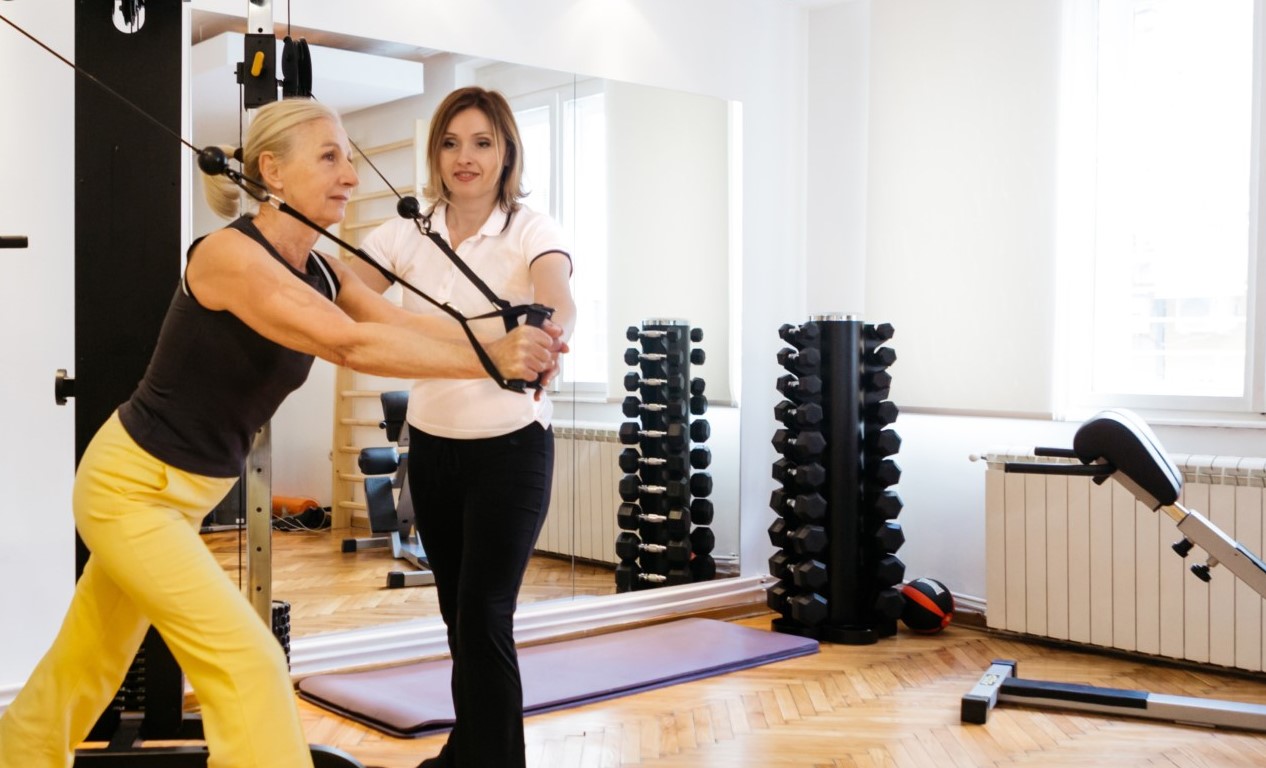
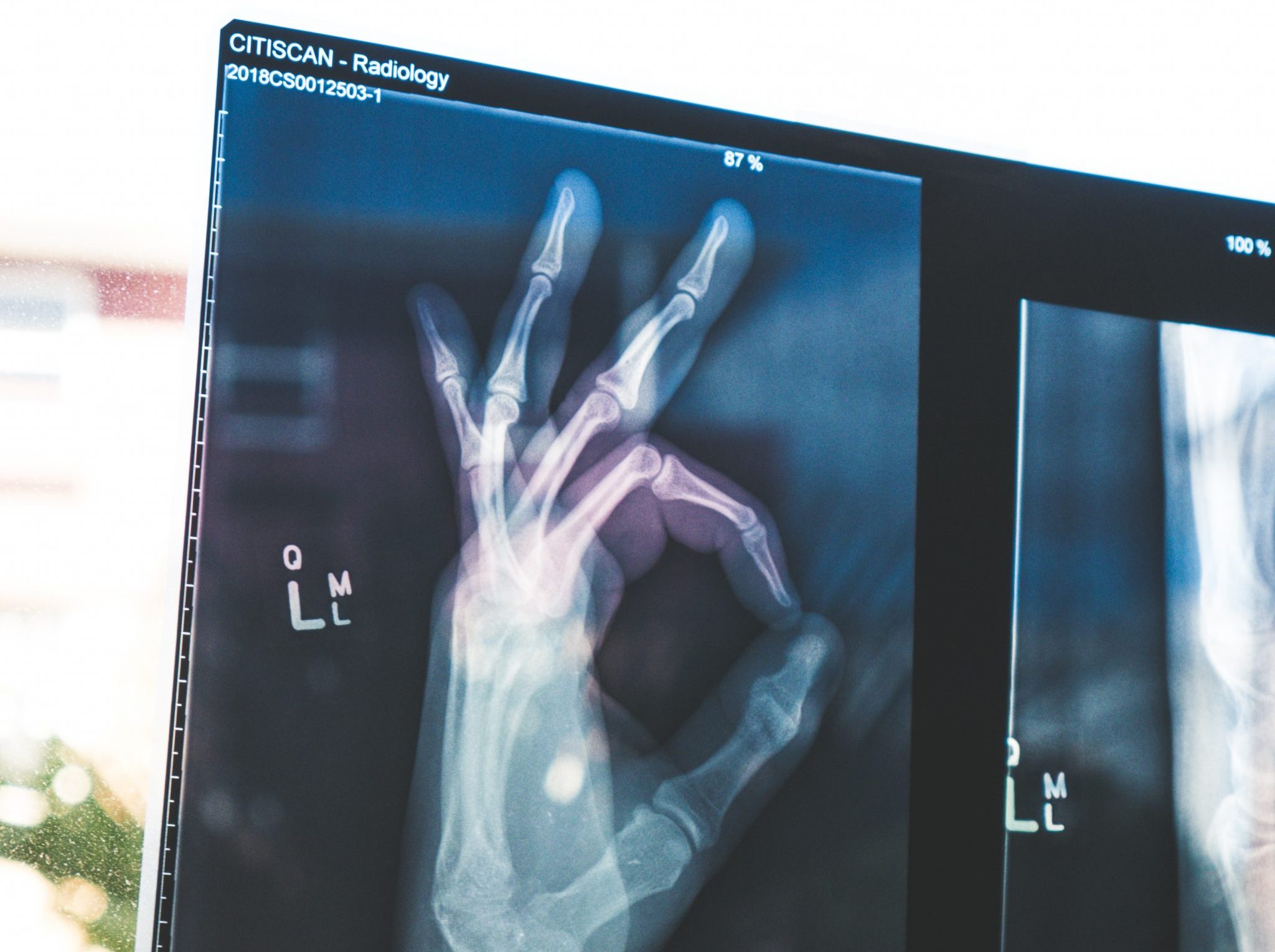

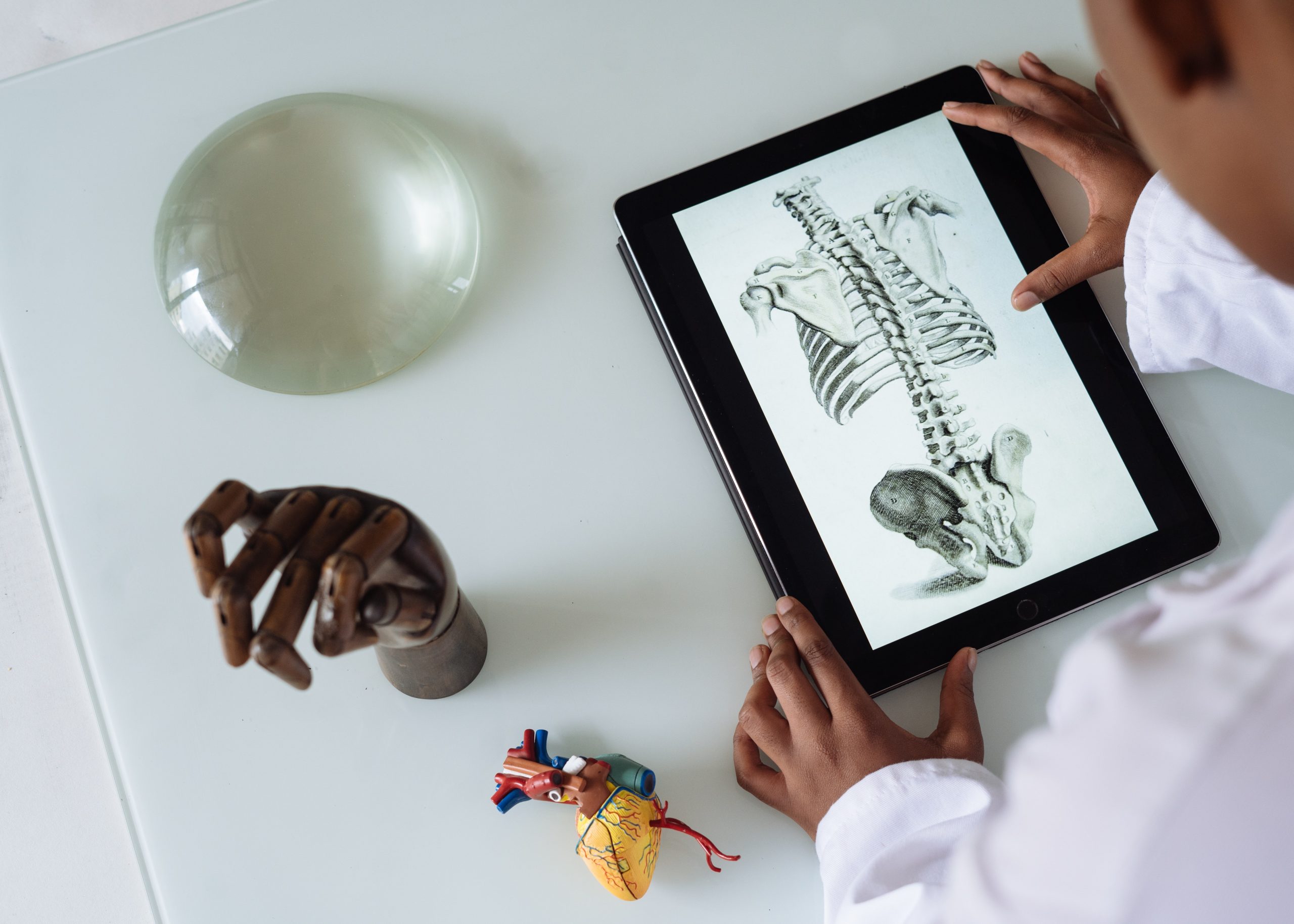

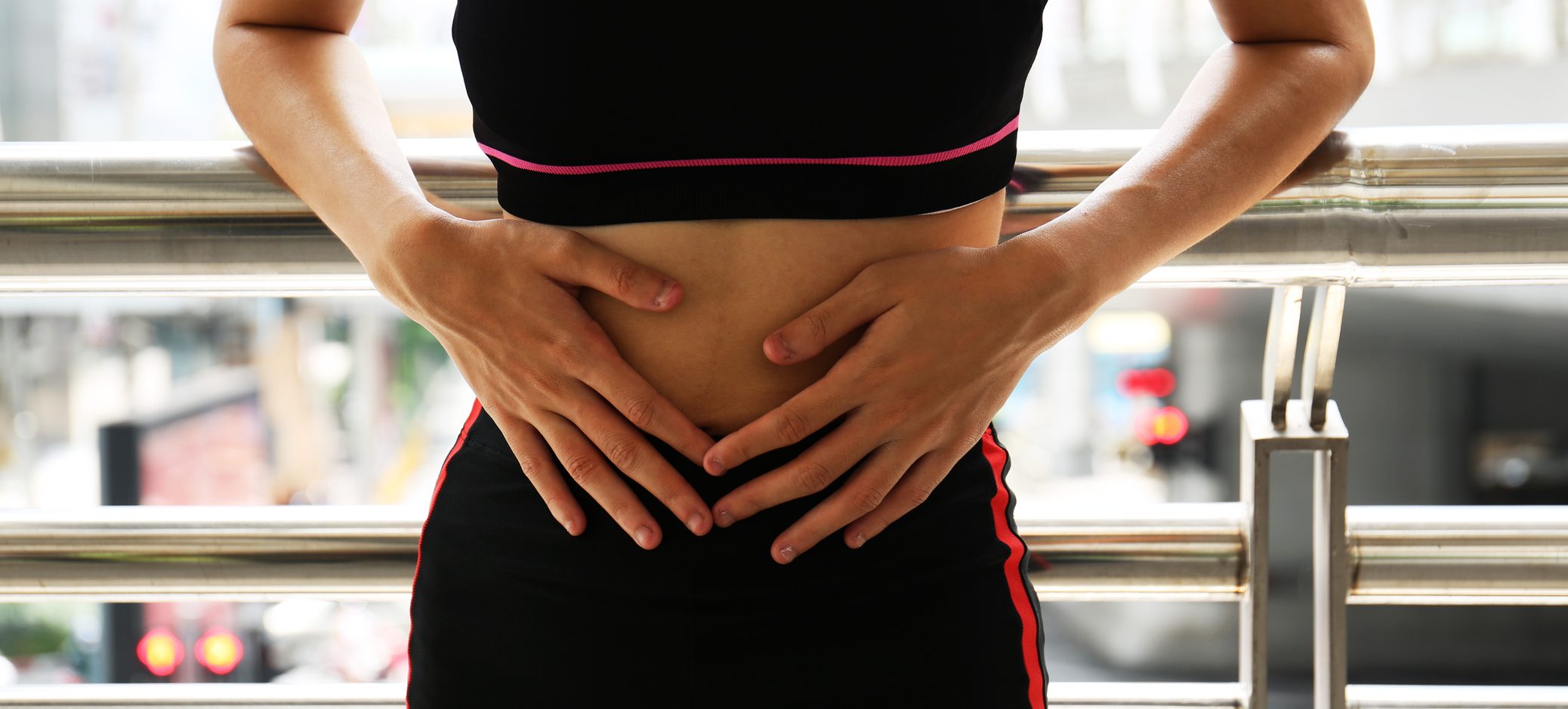
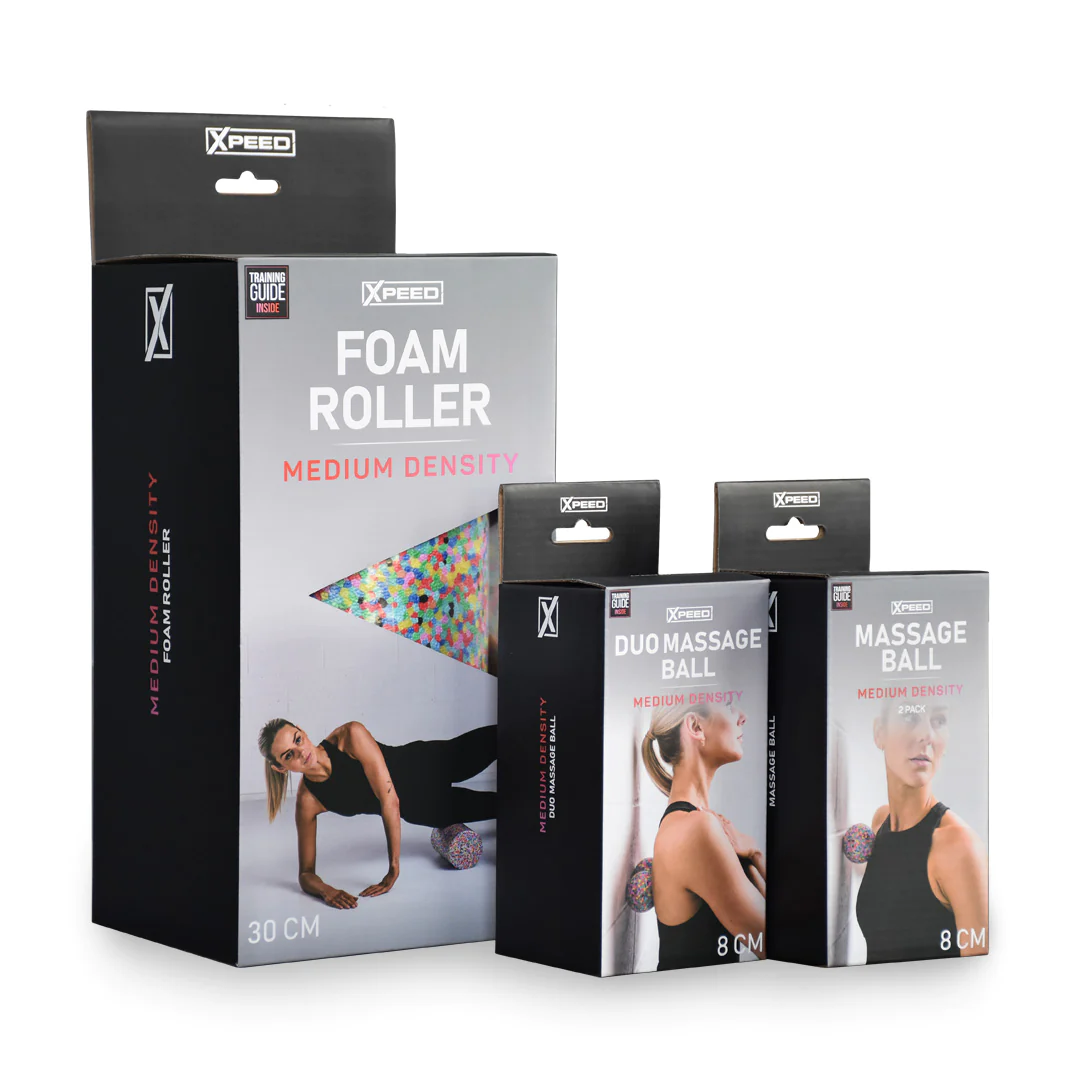
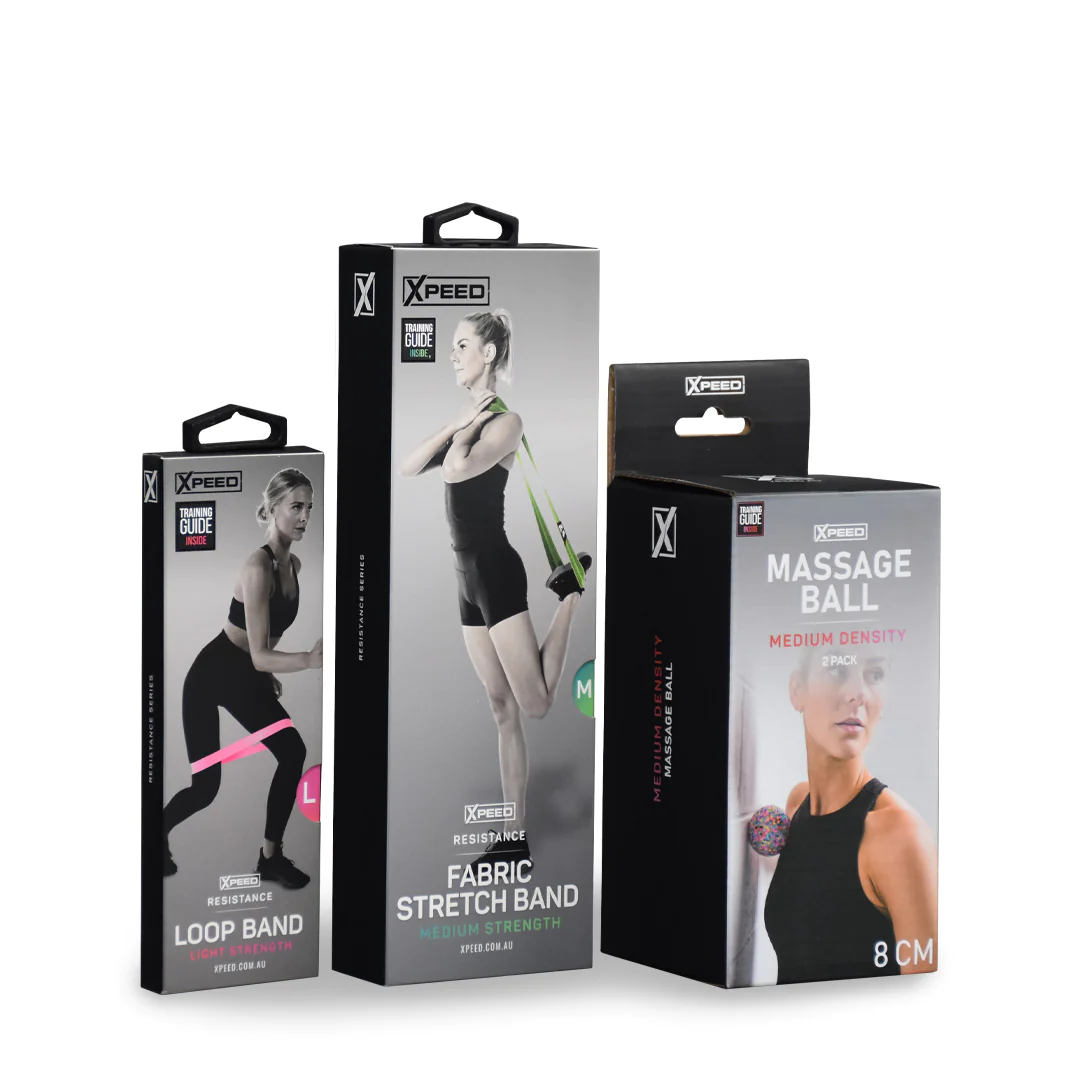

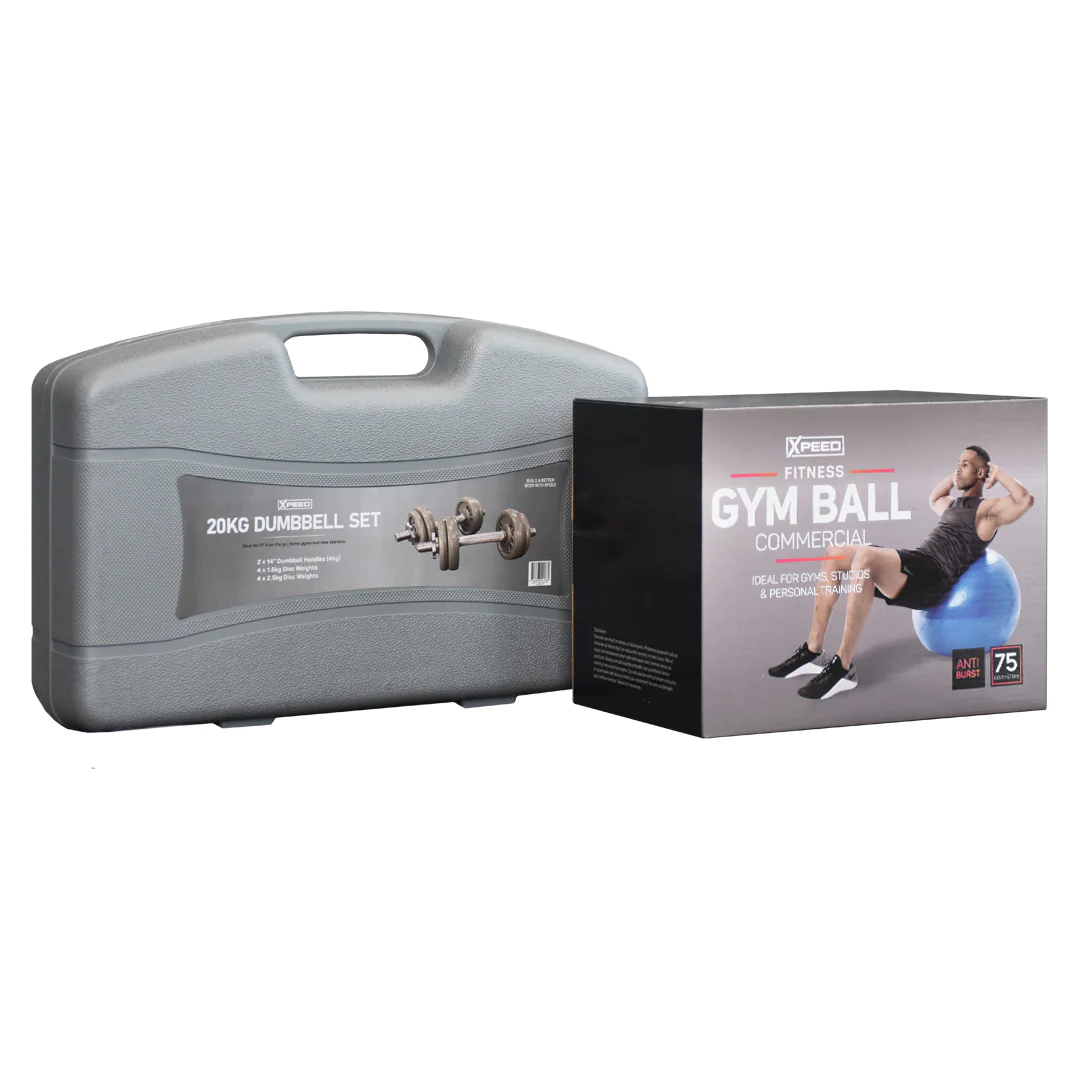
0 Comments